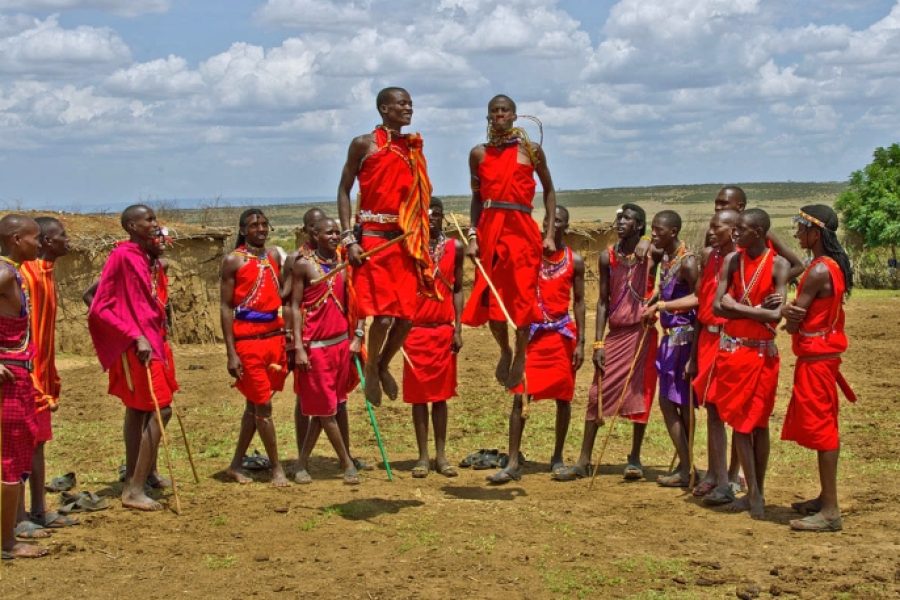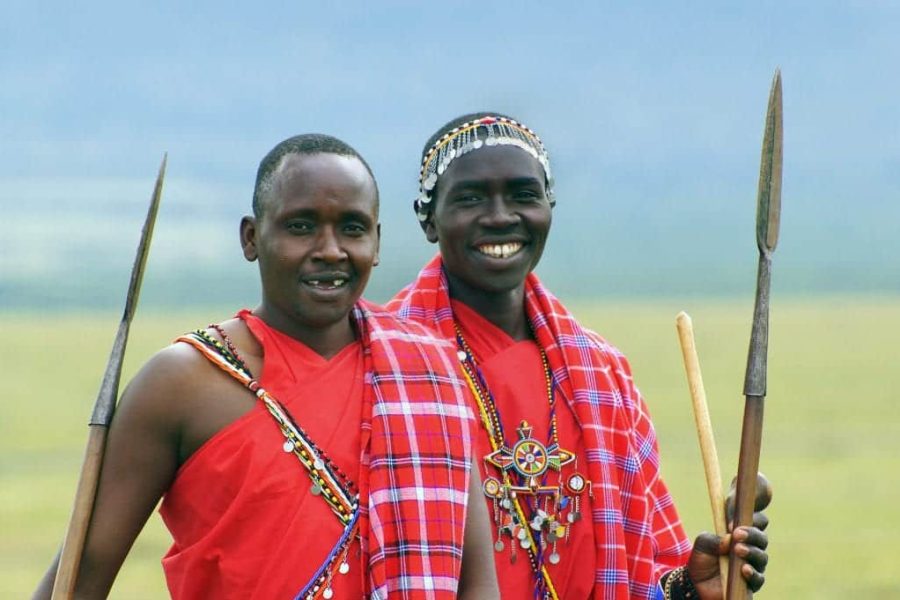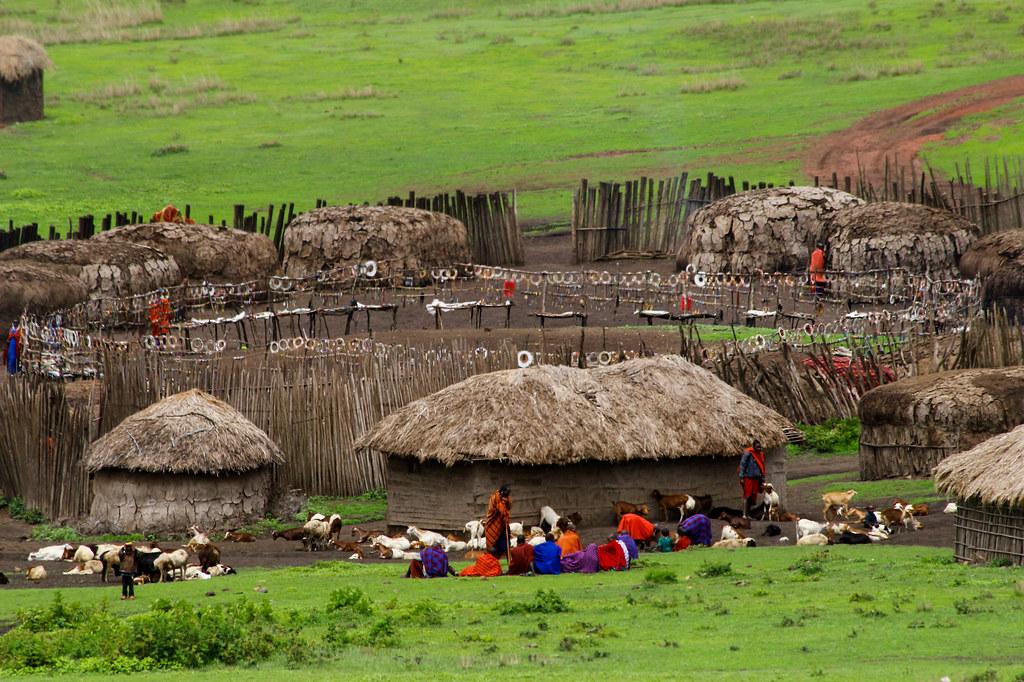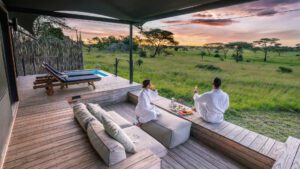A visit to a Maasai village is one of highly recommended cultural experiences in Tanzania just like visiting the Hadzabe Tribe. This experience offers a rare opportunity to immerse yourself in the traditions and way of life of one of Africa’s most iconic tribes.
Whether you’re fascinated by their traditions, customs, or daily routines, this experience provides a deeper understanding of their heritage. This guide is for you if you are thinking of visiting Maasai Village.
Who Are the Maasai?

The Maasai are the famous nomadic and pastoralist ethnic group primarily residing in northern, central, and southern Kenya, as well as the northern part of Tanzania. They are closely associated with regions surrounding Serengeti National Park, Ngorongoro Conservation Area, and Tarangire National Park.
The Maasai language is called Maa, a Nilotic language, and shares ancestral ties with the Kalenjin tribe of Kenya. Their vibrant culture is recognized worldwide, from their distinctive clothing to their rich traditions in music, dance, and craftsmanship. Currently, you can find Maasai in many parts of Zanzibar islands for tourism purposes.
Where to Start Your Maasai Village Visit?

Selecting the Right Village
There are many Maasai villages across north of Tanzania, especially near popular safari destinations like Arusha, Serengeti, Ngorongoro, and Tarangire. Some villages are more authentic than others, so it’s important to choose one that offers a genuine cultural exchange rather than a staged tourist attraction.
Booking Your Visit
Once you’ve decided on a location, it’s best to arrange your visit in advance. You can book this experience with one of our Safari packages to ensure a seamless experience. Check our our safari packages here!
What to Expect in Maasai Village Visit

A Warm Welcome
Upon arrival, you will be warmly welcomed by the Maasai community in the village. Your guide will introduce you to village life and explain the customs and daily routines of the Maasai people.
Exploring Traditional Homes
You’ll have the opportunity to step inside Maasai huts which are locally known as bomas, these huts are traditionally built using mud, sticks, and cow dung. Your Maasai host will guide you through their unique way of life, explaining how these structures are constructed and used.
Cultural Experiences
During your visit, you’ll witness several Maasai traditions firsthand, including: Traditional Songs & Dances, Handcrafted Jewelry & Beadwork, Cattle & Livestock Importance. Finally, you will have a broad knowledge about the Maasai tribe.
What should you know before visiting Maasai?

The Maasai Population
The Maasai tribe has a population of approximately 1 million people, mainly residing in Kenya and Tanzania. Despite modernization, the Maasai tribe have successfully preserved their traditional way of life including clothing and their economic activities.
Beware of Commercialized Villages
Some villages are set up purely for tourism, offering a staged experience rather than the real cultural interaction. It’s best to research or go with a reputable tour operator to ensure a genuine visit. However, if you just want to learn about them without going deeper, it’s still okay to visit a set up village.
Ask Before Taking Photos
The Maasai take pride in their culture, and it’s respectful to ask for permission before taking their pictures. If you can’t, you can ask your tour guide to ask them for you.
Avoid Offering Money or Gifts
While it may seem kind to give money, sweets, or gifts, it’s best to support the community through ethical tourism, such as purchasing their handcrafted beadwork or textiles. But this practice has a huge impact in the long term, we don’t want them to have the attitude that tourists are there because they came to give them money instead of cultural interaction and knowledge sharing.
Respect Their Culture & Traditions
Not just Maasai tribe, all tribes/ communities or people need to be respected. The Maasai have unique customs, including their attire, ceremonies, and way of life. Approach their traditions with an open mind and show appreciation for their rich cultural heritage.







